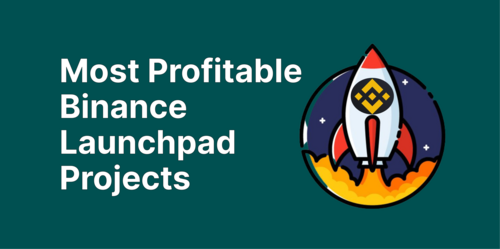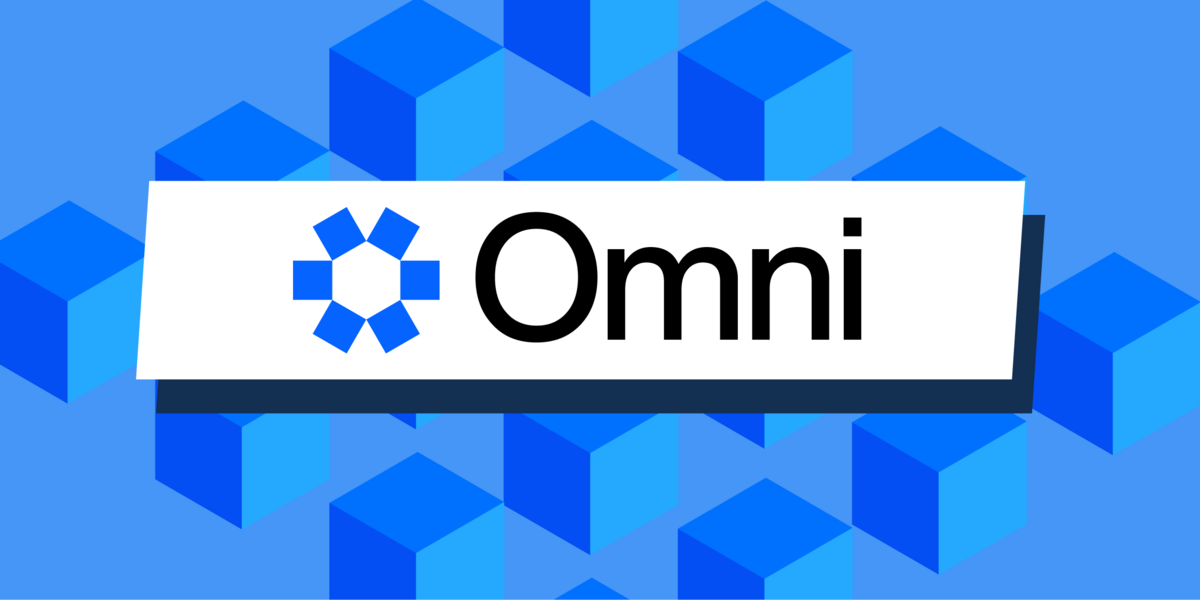Ep.68 Podcast Summary / Notes
Web3 and Developers
-
Blockchain technology will disrupt the world in many ways
-
Web3 is a way for developers to recover agency and realize their dreams
-
Builders and coders are heavily underrated in the space
-
Cartesi looks to empower and give developers the tools they need to realize their dreams.
-
How does Cartesi compare to other chains?
-
Cartesi is not just about language support
-
Supporting developers with everything built on Linux
-
Bring all the open source stacks that are available to smart contract developers
-
Host of libraries behind Linux
-
Express powerful and sophisticated smart contracts and dApps
-
No need to reinvent the wheel
-
-
Other blockchains support other languages like Rust
-
Only have very basic features of the language
-
Don’t have access to components and features outside of native language
-
-
Objective: To reduce a lot of entry barriers for a non-crypto developer
-
Master Solidity, understand a new language, etc.
-
Thoughts on Polygon and Solana’s phone integration
-
Cartesi currently focuses on the backend and smart contract platform
-
Remove the barrier for developers to create applications
-
Make it easier and more efficient for developers to create web3 applications
-
Not focusing on the front end at the moment
-
Thoughts on the recent ZK-proof trend
-
ZK is like magic
-
Erick recently wrote a Twitter thread about ZK
-
-
ZK-rollups is the best solution for a range of dApps
-
Particularly for the dApps similar to the DeFi apps of today
-
DeFi implements very simplistic smart contracts
-
Better security and efficient for validation than optimistic rollups
-
-
Developers have to be economical in the way they use computational resources due to the cost of gas and resources
-
Cartesi doesn’t implement ZK-rollups
-
Impossible to run a Linux Virtual Machine on a ZK-rollup L2 due to technical reasons
-
-
Sorting Arrays in ZK-Rollups
-
Limited to very small memory ranges
-
Smart contracts on EVM model are very limited by memory and data constraints
-
Unable to deal with large amounts of data and memory spaces of Operating Systems
-
Are there too many L2s?
-
Liquidity fragmentation
-
More chains than what the community needs?
-
-
Multi-chain has huge technical issues and security risks from transferring assets through bridges
-
Very hard to make a secure, interoperable bridge across L1s
-
However, bridges across other L2s of the same base layer are very secure
-
Due to the inheritance of strong security of the base layer (ETH)
-
Bridges across L2s of the same L1 could be a solution to liquidity fragmentation
-
Where do you see the future of L2s?
-
Traditional OS will implement blockchain tech or blockchains adopting Cartesi’s developer-friendly approach
-
Firmly believes the future of web3 and blockchains is embracing mainstream OS and software components
-
Long-term vision of web3
-
Web3 will start to onboard users just like web2
-
Real-world uses instead of people trying to make money
-
More sophisticated applications to bring user base and value
-
Is there a timeline for the testnet
-
Tricky to work with a timeline in Crypto
-
E.g. Ethereum delays
-
Largely due to the complexity of the research required
-
-
Cartesi moved away from a deadline approach to focus on
-
High frequency and transparent updates for the community to try things out
-
Reports and codes were released for the community to see the progress
-
-
Currently very close to a testnet-ready version

Jun Sheng is a research intern and is an avid gamer, degen, memer, sleeper. Follow the author on Twitter @jnshngl





 Or check it out in the app stores
Or check it out in the app stores
